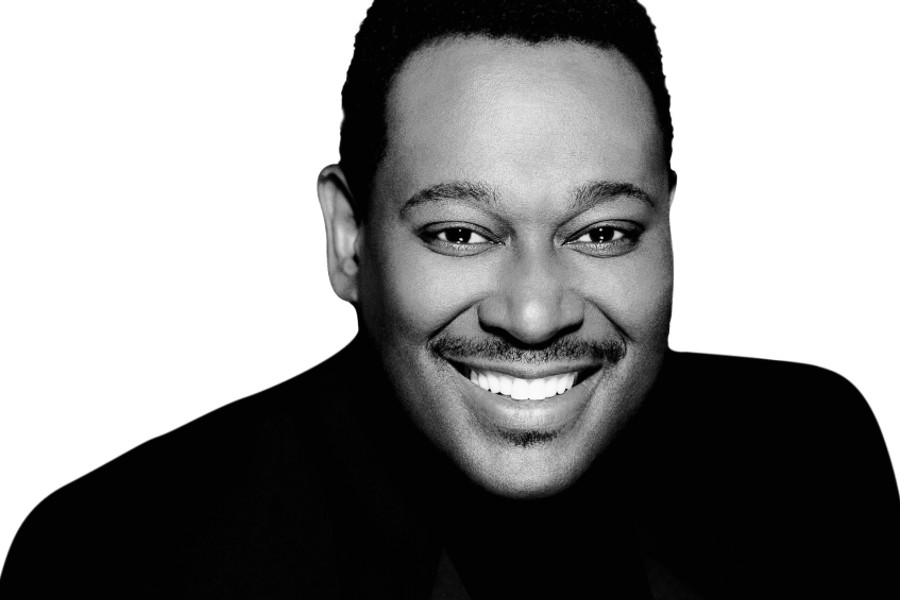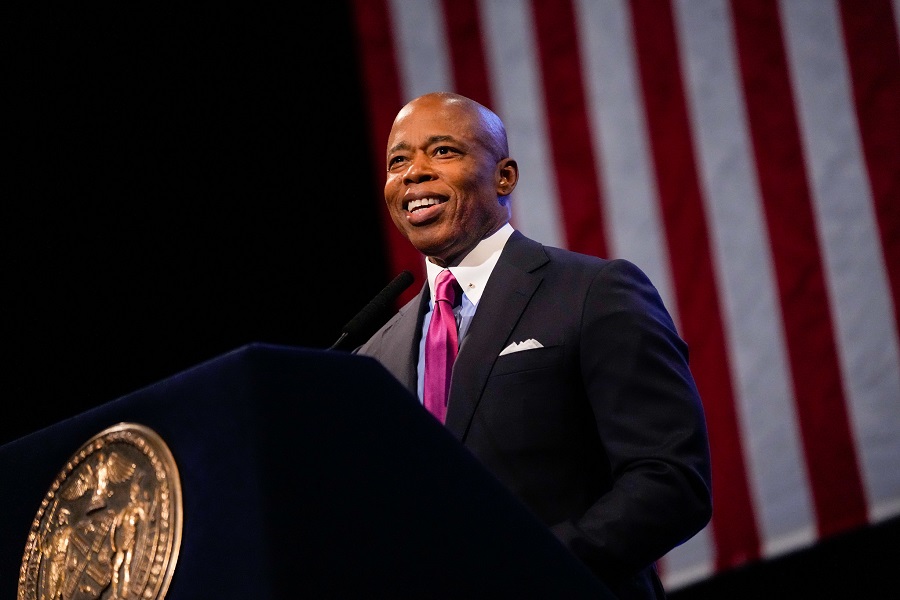Thelma Golden has been at the Studio Museum in Harlem since the turn of the millenium, first as the deputy director for exhibits and programs, and, since 2005, as the museum’s director and chief curator. For Golden—who also spent a decade at the Whitney Museum of American Art and a couple of years as an advisor to private art collectors—it must’ve been a little bit of a homecoming. After all, her first curatorial position was at the Studio Museum in 1987.
In Harlem, the Queens native has presented significant shows of work by African diaspora artists, including Martin Puryear, Kehinde Wiley, and Lorna Simpson, just to name a few. For a woman who’s wanted to work in the arts since middle school, it’s fair to guess that her current position is a dream job. After all, as she told Crain‘s—which named her one of its 100 Most Influential Women in New York City Business—”I still have the same feeling I had as a 15-year-old traveling the city by myself going to exhibitions. At that time I was so moved by the experience of artworks, and it still happens, sometimes every day.” Here’s what else Golden had to say when we interviewed her via e-mail.
NEA: Do you recall your earliest experience/engagement with the arts?
THELMA GOLDEN: My earliest experience came both from the arts instruction I had at school and the complete privilege of growing up in New York City, and having the experience of and access to the arts all around me.
NEA: As director, what is your vision for the Studio Museum in Harlem?
GOLDEN: I hope to continue to maintain and strengthen the Studio Museum as the worldwide nexus for ideas and dialogue about artists of African descent.
NEA: What is the job of the curator—figuratively, as well as in practical terms?
GOLDEN: The job of a curator is to make exhibitions that both ask and answer questions about art and artists. In practical terms, that means researching, thinking about, writing about, and presenting art in ways that can simultaneously engage multiple publics—from the most notable scholars to the child visiting a museum for the first time, and everyone in between.
NEA: Of which show that you have you curated—at the Studio Museum or elsewhere—are you most proud?
GOLDEN: It’s so hard to say. I am always working on new exhibitions and hope to be for many years to come. I continue to make shows that I hope will be engaging, informative, impactful, and enjoyable. Since I am still making shows I don’t yet know which one I’ll be most proud of.
NEA: Why do we—the general public—need visual art? Why do you need visual art?
GOLDEN: I need visual art for the same reason I think the general public does. Artists allow us to see the world in different and unique ways. That ultimately benefits all of us, as it makes our experience as human beings in a particular place at a particular time richer and more connected to the world and each other.
NEA: What is the role of the artist in the community?
GOLDEN: I think artists provide an important role in the community because they allow us to understand some of our highest ideals—such as truth, beauty, and justice—through their work.
NEA: Conversely what is the responsibility of the community to the artist?
GOLDEN: I think the responsibility of the community is to support artists, to understand how important they are in the community, and to live and work among us with the greatest amount of respect and support.
NEA: What does “Art Works” mean to you?
GOLDEN: To me, “art works” means literally just that—that art actually works. It produces; it creates.
NEA: When we interviewed Kronos Quartet founder David Harrington he said, “I try to know as many of the things that are missing from our world of music as I possibly can…I try to put the thrust of my time into realizing those things that aren’t yet part of our work but should be.” When it comes to the museum field—or even the arts as a whole—what things do you see as missing? What should be part of the work you or other museum directors and curators as a community are facilitating that isn’t yet there?
GOLDEN: What I think is missing in the museum world—or perhaps not missing, but not nearly significant enough—is our ability to make museums relevant to all people, everywhere. To reinvent the idea and of the museum to better serve the myriad needs of our audiences and communities and world in the twenty-first century.
Photo of Thelma Golden by Timothy Greenfield-Sanders.
Related articles

Become a Harlem Insider!
By submitting this form, you are consenting to receive marketing emails from: . You can revoke your consent to receive emails at any time by using the SafeUnsubscribe® link, found at the bottom of every email. Emails are serviced by Constant Contact























